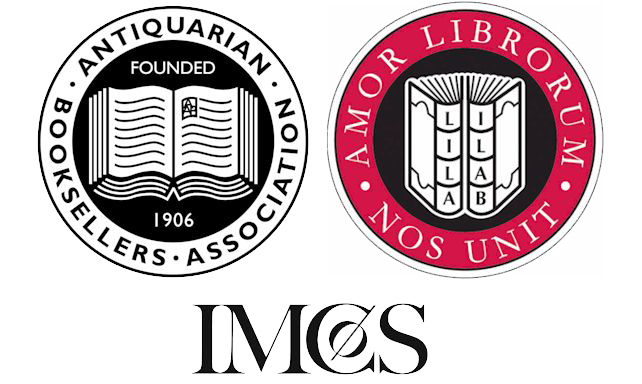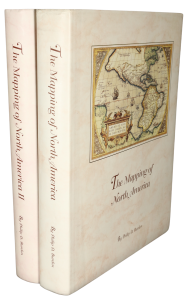Rare Maps and Prints
- World & Celestial
- North America
- West Indies, South & Central America
- British Isles
- British Isles
- English counties
- Large-scale
- Bedfordshire
- Berkshire
- Buckinghamshire
- Cambridgeshire
- Cheshire
- Cornwall
- Cumberland
- Derbyshire
- Devon
- Dorset
- Durham
- Essex
- Gloucestershire
- Hampshire
- Herefordshire
- Hertfordshire
- Huntingdonshire
- Islands
- Kent
- Lancashire
- Leicestershire
- Lincolnshire
- Middlesex
- Norfolk
- Northamptonshire
- Northumberland
- Nottinghamshire
- Oxfordshire
- Rutland
- Shropshire
- Somerset
- Staffordshire
- Suffolk
- Surrey
- Sussex
- Warwickshire
- Westmoreland
- Wiltshire
- Worcestershire
- Yorkshire
- Wales
- Scotland
- Ireland
- Western Europe
- Eastern Europe
- Middle East
- Africa
- Asia
- Australasia & Pacific
- Decorative Prints
- Title Pages
Mr. Philip D. Burden
P.O. Box 863,
Chalfont St. Giles, Bucks HP6 9HD,
UNITED KINGDOM
Tel: +44 (0) 1494 76 33 13
Email: enquiries@caburden.com
Smith’s ‘New English Atlas’ of 1804 bears the distinction of being the first to show longitudes from the meridian of Greenwich Observatory. The title page of this work proudly asserts that they are ‘carefully Arranged according to the Stations & Intersections of the Trigonometrical Survey of England’. The map of Sussex is interesting as it extends northwards to London taking in the county of Surrey and part of Kent enabling it to display all the key routes. In the Explanation is a statement that ‘For the purpose of facilitating the connexion of the respective Maps the surrounding Counties are filled in’. This feature is not available on the folio version.
The map of Yorkshire is here dated 1834. In this example some of the very early railway lines are added but not keyed to the Explanation. The Liverpool and Manchester Railway which opened in 1830 is shown on the maps of Cheshire and Lancashire. The London to Birmingham Railway from Euston to Tring is displayed o the maps of Middlesex and Hertfordshire. Incorporated in 1833, it opened to passengers in October 1837.
There were two engravers involved, Gilbert Jesser Pickett (1787-1867) produced the title page and seventeen of the maps. He had previously contributed some maps for ‘Smith’s New General Atlas’ of 1814. The remainder are the work of William Robert Gardner (fl.1816-29). Worms and Bayton-Williams record a couple of interesting anecdotes on Gardner; ‘Bankruptcy proceedings were initiated against him in September 1829, but then ‘The Times’ of 21 September 1829 reported that ‘extensive forgeries had lately been detected’. Gardner, aged about forty and of ‘ a very prepossessing exterior and agreeable manners’, had maintained an opulent lifestyle, but was now thought to have fled the country with perhaps £10,000 obtained with forged bills. He had left home on 29 July 1829 with his eight-year-old son and was later seen at London Docks seeking passage to New York. His wife and three other children were left behind, claiming to know nothing’ (Worms & Baynton-Williams). Chubb does not record any later edition than the first, illustrating how rare this work is in any edition. This is only known example of the penultimate edition. Further issues appeared in 1825, 1828, and 1844.
Provenance: Inscription of ‘Anth. Spedding’ on verso of title; Tony Burgess collection; private collection. Batten & Bennett (2008) 91.2; Beresiner (1983) pp. 208-9; Burden (1994) 83.iv; Burgess (2009) 116.iv; Carroll (1996) 82; refer Chubb (1927) 388; not in Hodson (1974); James (1983); Kingsley (1982) 83.iv; Worms & Baynton-Williams (2011).
Smith's New English Atlas, Being a Reduction of his Large Folio Atlas Containing a Complete Set of County Maps, on which are delineated All the Direct & principal Cross Roads, Cities, Towns, & most considerable Villages, Parks, Rivers and Navigable Canals: Preceded by A General map of England & Wales. The whole carefully Arranged according to the Stations & Intersections of the Trigonometrical Survey of England
SOLD








